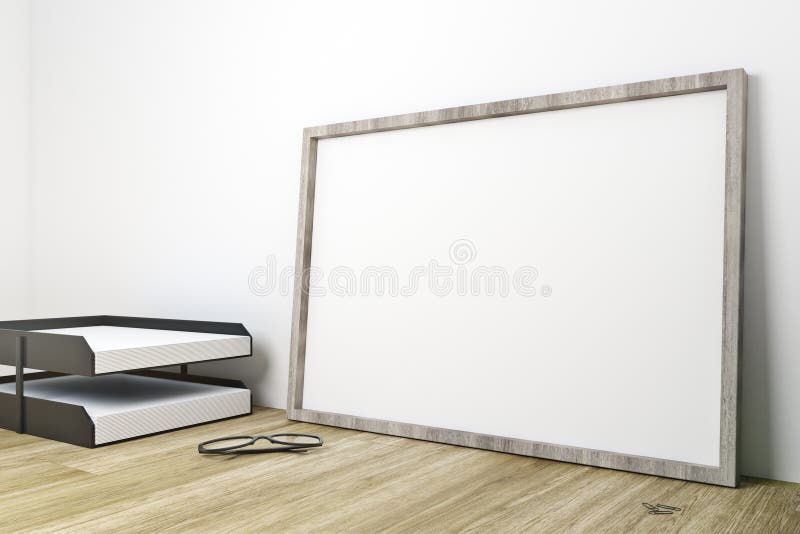


We always recommend that customers use a surface that is at least as deep as the foot length. The upper support for both of these depths is 15.5 deep, so technically you can pair a desk surface that is at least 16 deep with either of these depths. Pre-build that dream cabinet or treehouse in 3D before you tackle it in real life. The first is 22.5 deep and the second is 27.5 deep. You should be able to visually align the frame to the back edge of the surface with the use of a straight wall. The toolset consists of a) constraints b) layout grids and c) the ability to nest a frame inside of another frame. Create amazing 3D woodworking designs before you head to the hardware store. A quick way to get the frame aligned to the surface is by pushing the top and frame up to a wall. I think such a configuration would fill several gaps in the SFF-case segment. Our approach is to create a set of tools built for flexible screen sizes that allow you to create very powerful layout systems when properly combined. NAS with passive CPU cooler) * PSU to the side All in a sleek, no-frills box (I'm even thinking about a magnetically attached flat front panel with air intakes around the edges, and front IO also hidden in that gap, maybe even mounting points for a slim optical drive). With SketchUp, you can model accurately, take dimensions, and generate a cutlist in 3D before you build it. gaming) * PSU at the top, exhausting air from inside (e.g. Measure twice, cut once Think of 3D modeling your project as the ultimate form of measurement. The whole case could be used in different orientations: * PSU at the bottom with separate air intake (e.g. again, this should be quite simple with separate brackets for the 5.25"-Stuff. Frontside: * harddisk cage (simply just 2-3x 5.25" - there are plenty of 4x2.5" disk in a 5.25" slot or 4x3.5" disk in 3x5.25" solutions available) * Radiator + mounting holes for harddisks next to it. this can easily be achieved with a mounting bracket for the SFX-PSU which moves the PSU sufficiently to the side of the ATX cutout. RAID controller + TV-encoding card), also ♚TX boards offer more RAM slots so it could even make sense in a gaming rig. Backside: * ATX PSU + Mini-ITX board * SFX PSU + ♚TX board partially behind the PSU, so only 2 PCIe slots usable, but this would still offer benefits e.g. Very nice case indeed! Unfortunately I lack the metalwork skills, but I've had something similar in mind for months, just in a more shoebox-like form factor (about 20x30x30cm), allowing quite significantly different configurations from silent NAS to high performance gaming.


 0 kommentar(er)
0 kommentar(er)
